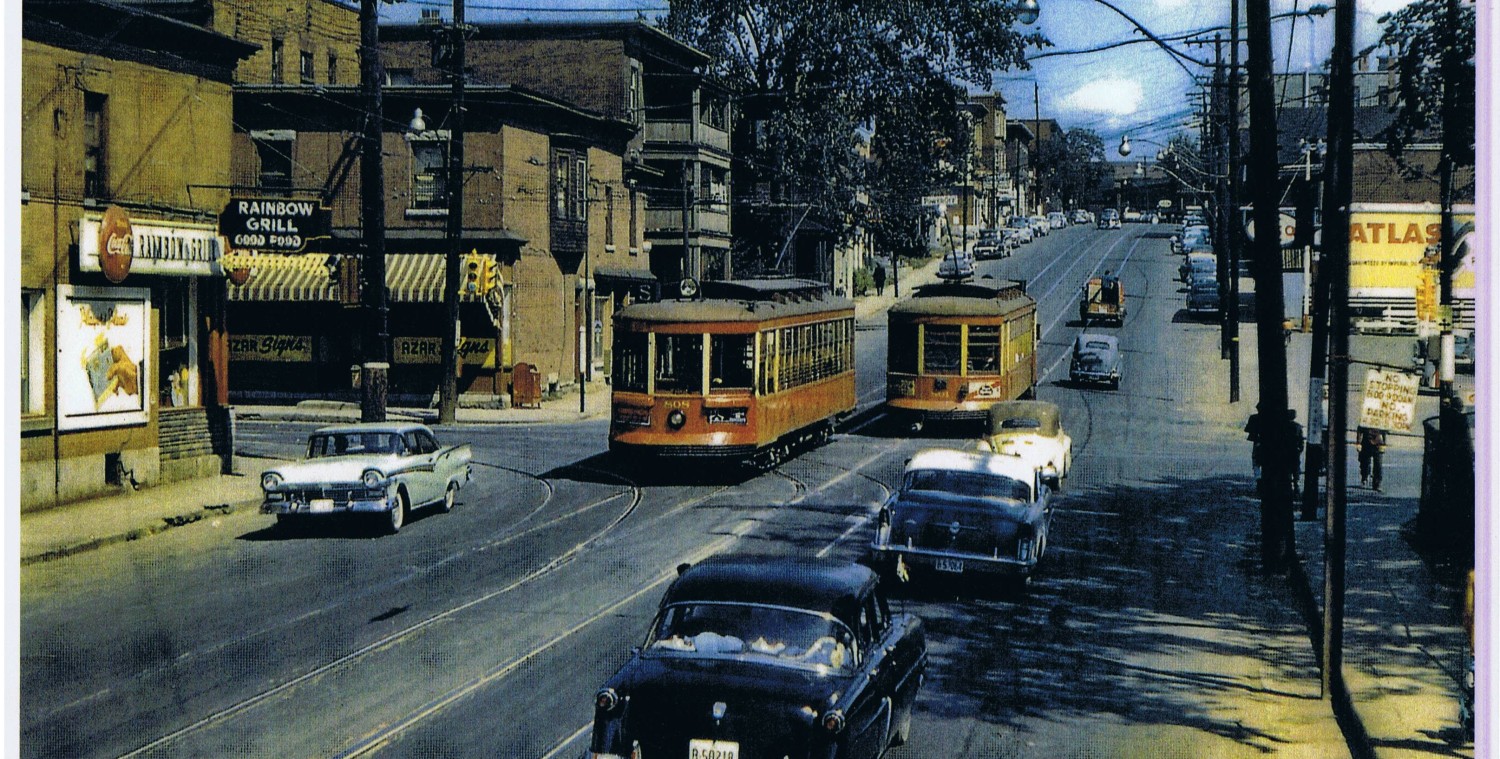I was curious about the residential “neighborhoods” that abut the thriving Winter park main street, so I spent a few hours walking up and down the residential streets. There were a lot of apartments, but not in highrises. Many were condos in the four to six storey range. Prices for waterfront condos start in the $200,000’s and go up. A three bedroom waterfront condo in a newish building was $350,000.
There are numerous lakes in Winter Park, and the really big houses face the lake. ( The lake was really rough, which accounts for the angle of the picture)
But so do many condos. They have their own version of parking garages:
The university also faced two different lakes, with waterfront facilties:
The area between the main street and the lakes was undeniably attractive. The presence of a university campus also helped, with students walking to and from school. A number of condo apts had hurricane shutters in the closed position, indicating that they are seasonal or second homes.
Going away from the lake the other side of the downtown had a number of vacant lots with 1950’s-type businesses in decline — you know the sort of thing like along Carling Avenue, with large parking lots and big gaps between the buildings. But infill apartments were in this area too:
In the condo building shown above there were still some apartments for sale. The ground floor prime corner space was occupied by the visual arts department of the nearby university, which animated the space.
Further back, beyond the 50’s commercial zone or as was popularly known back then the “zone of transition”, were the low-rise bungalow-type residential areas. The first few blocks had a lot of houses missing, leaving vacant lots and judging by the real estate signs, land assemblies.
These houses were small wooden structures dating from the the 30’s and 40’s (in my guess), many were run down, and the typical American urban pattern of a black neighbourhood was obvious. Definitely the ‘poor’ side of town. We stopped to talk to some residents landscaping the front of a tiny wooden church and found the usual American friendliness.
This belt or ring around the core was very few blocks, and quickly turned into a much broader ring of 1930’s-60’s bungalows of a more prosperous population. If you want to “walk” around these brick streets, go to streetview for Berkshire Street and let your fingers do the tour: https://maps.google.com/maps?hl=en&tab=ml.
With the increased desirability of living in walkable urban neighbourhoods both of these “rings” showed signs of land assembly, infills, and monster-homitis. But looking closely there were also lots of appropriate, in-scale additions to the old homes, including combining two smaller adjacent homes by a link to make a much bigger house. There was a distinct absence of corrugated metal siding and shoe-box modern. The vacant lots had a more “suspended animation” look, since the housing crash of 1998, although the market in up significantly these days.
In Florida the sunlight is very bright, which makes side windows on houses very useful whereas urban side windows in Ottawa are usually the gloomier spaces, especially in winter. Several infills were row houses with multiple houses running back into the lot rather than facing the street. Here are a few pictures, showing the variety of garage positions that avoided a wall of ugliness on the street:
above: in addition to the garage fronts, there is a third, facing the far laneway. I think some of these infills were back-to-back row houses as well as being side-to-side. Moving a little bit down the street, you can now see that third garage here (with faux fenestration), and its mate on the right:
These houses still put their garages abutting the street, which isn’t good for social interaction and surveillance of the public street, but at least they were a bit discrete and the shared courtyard entries presumably promote knowing your immediate neighbours.









